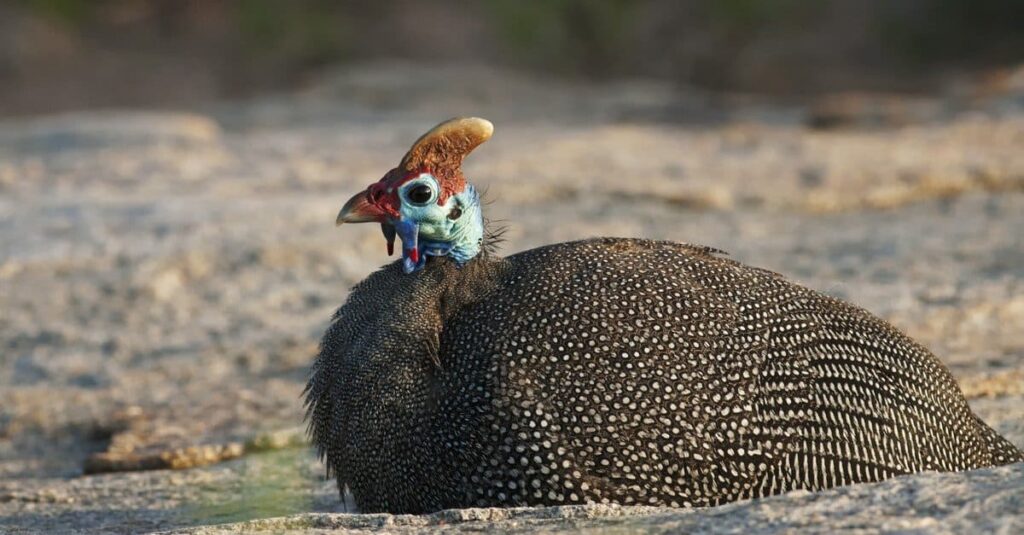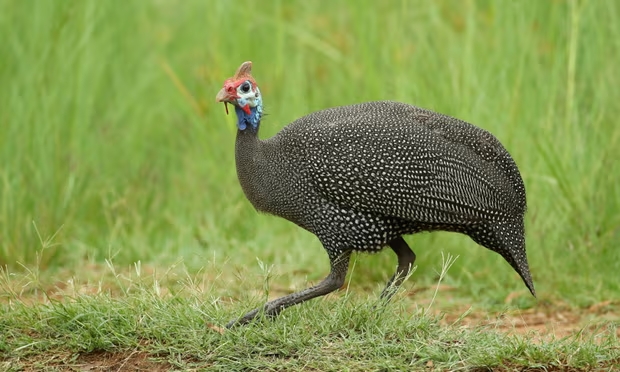Initially an anomaly wandering through an otherwise mundanely commonplace suburb, the inquisitive creature persists, navigating its solitary existence with an air of quiet mystery.
For two months, we affectionately called it “Strange Bird.” In our new Sydney neighborhood, a quaint inner-west suburb with compact gardens and tree-lined sidewalks, a peculiar creature graced our streets. It sported a leathery-skin head, a small visage for its plump body, and a hint of bright red on its beak, reminiscent of a creature from prehistoric times. It strolled silently, pacing through front gardens, around parked cars, and in front of moving vehicles, earning casual greetings from passersby.
Our curiosity about this lone wanderer grew with each encounter. Discussions about “Strange Bird” became a regular feature during neighborhood gatherings, with various opinions on its identity—brush turkey, peahen, or something else entirely. The mystery persisted until one day, during a lunchtime walk, I decided to follow it. As I trailed behind, the once-charming enigma began to reveal a sense of alarm, prompting a quick photo.
Seeking answers, I turned to Twitter, sharing the peculiar bird’s image, and the online community swiftly responded—it was a guineafowl, an African game bird, far from its native habitat. Typically residing in flocks, the guineafowl is known for forming lifelong bonds once it finds a mate. However, this lone bird had ventured into the heart of Sydney, half a world away from its expected home.
Despite initial intrigue, “Strange Bird” gradually became a part of our daily routine, a familiar sight like checking the mail. Morning greetings continued, but the creature’s silent walks ceased to captivate as they once did. Dr. Holly Parsons from BirdLife Australia offered a possible explanation—this guineafowl, she theorized, might have been dumped due to its distinctive and potentially disruptive calls, unsuitable for urban living.
As the mystery faded, the solitary guineafowl continued its routine, strolling silently through our suburban landscape. It left us with lingering questions about its journey, its unexpected presence in our midst, and the tale behind this avian wanderer in the heart of Sydney.

Interestingly, despite residing near Strange Bird for countless days, I’ve only heard its peculiar turkey-like call once. Strangely, Strange Bird remains quite the quiet character.
According to Dr. Holly Parsons from BirdLife Australia, wild guineafowl sightings in the city are uncommon, and if Strange Bird has been around for a while, it’s managing surprisingly well considering the local fox population.
Recently, during a neighborhood event celebrating the opening of a new playground, I finally mustered the courage to inquire about Strange Bird. To my surprise, my neighbor from two doors up cheerfully referred to the guineafowl as “Spotty.” Two years ago, she explained, the bird mysteriously appeared on the street, capturing the fascination of residents with its solitude and peculiarity. Crushed Weet-Bix became a morning offering, a communal effort to support this curious visitor.
No one seemed to know where Spotty came from, but he found sustenance and care in the neighborhood. The neighbor suspected that Spotty didn’t belong to anyone; he had simply shown up and continued to survive—alone and silent.
While the mystery of Strange Bird’s origins lingered, a neighbor shared a telling detail. The man with lemon trees on the corner, known for being friendly but slightly gruff about his driveway, played a unique role. One evening, as Strange Bird perched on his Colorbond fence, the man opened his gate and emitted a couple of clicks from the side of his mouth. Peeking through the gate, my neighbor observed a makeshift nest—a pile of cloth and gathered items that the man had evidently assembled. Though Strange Bird’s origins remained a mystery, this small community effort hinted at the heartwarming bond between an unconventional visitor and the caring residents of a once-ordinary street.
